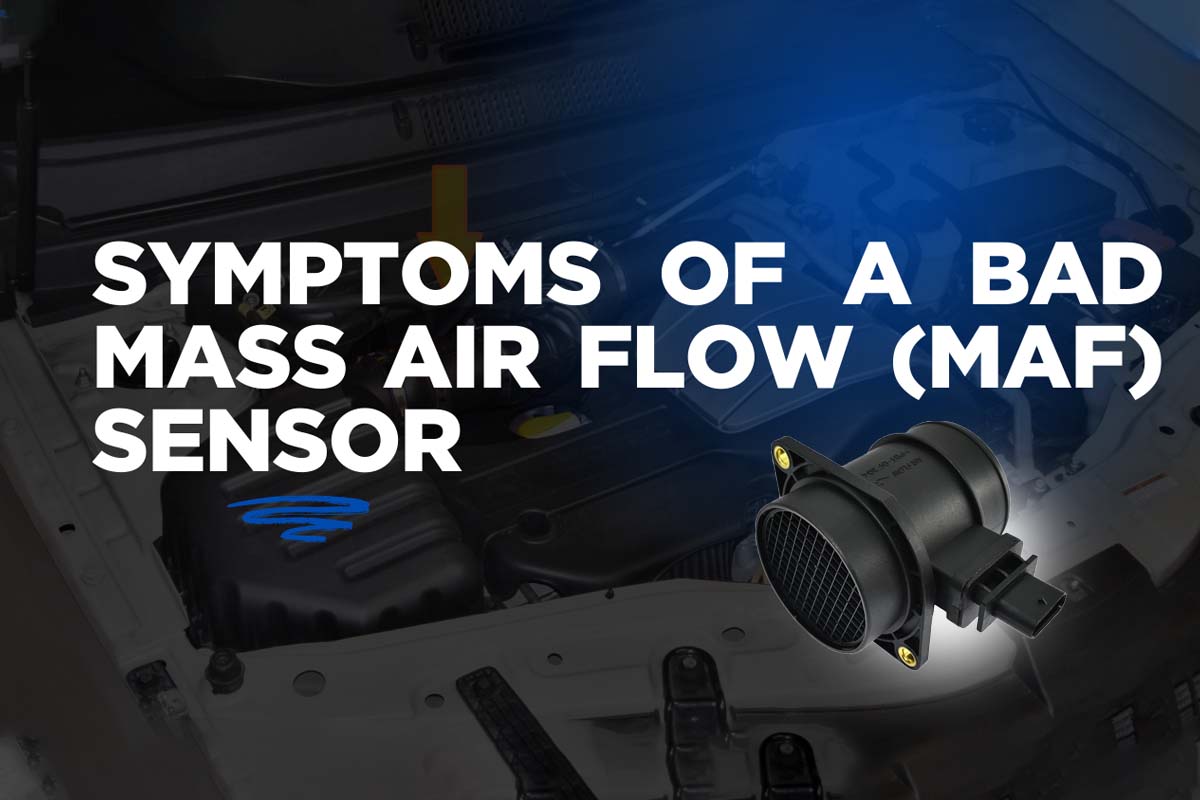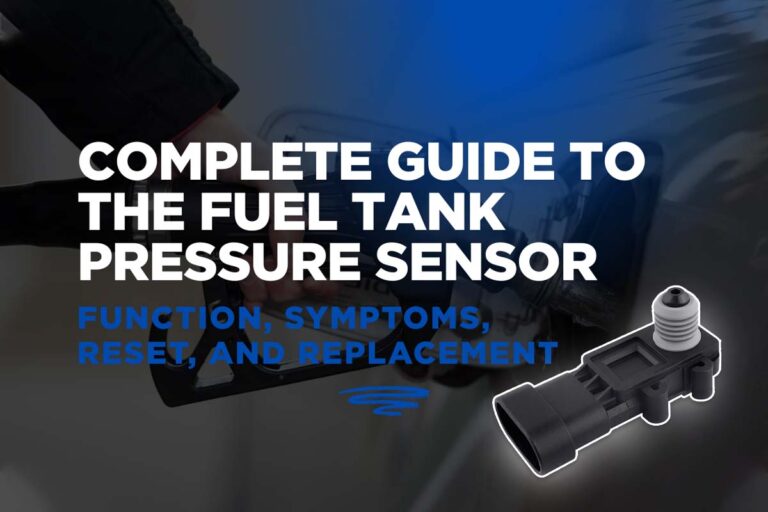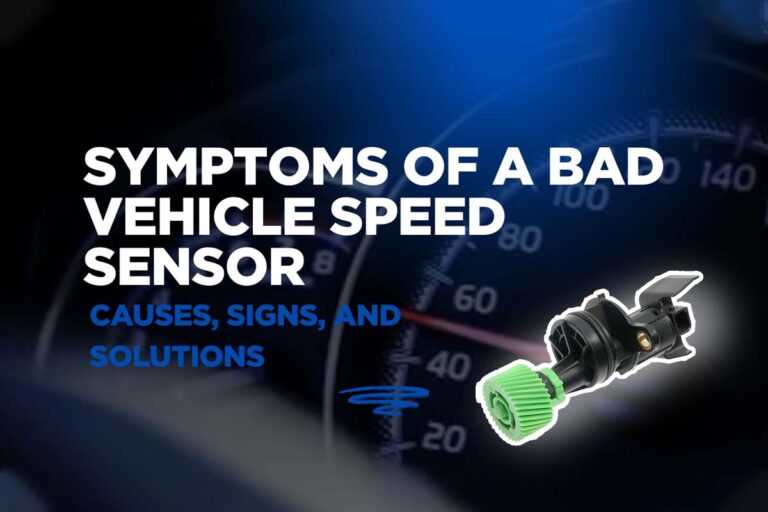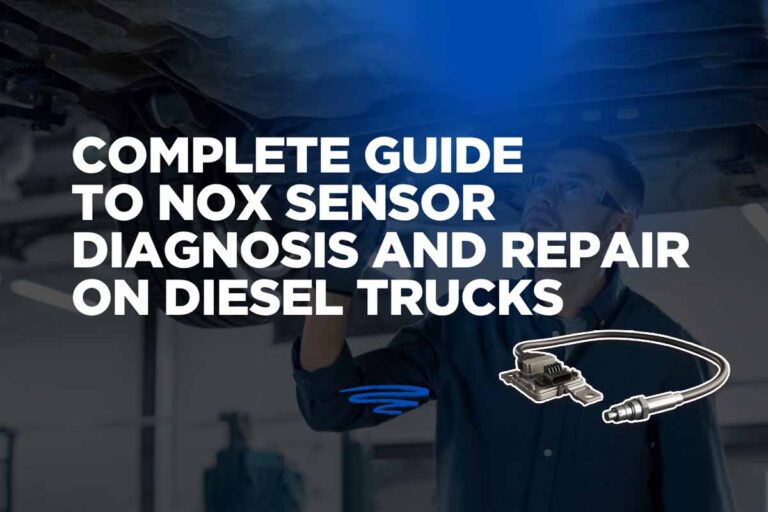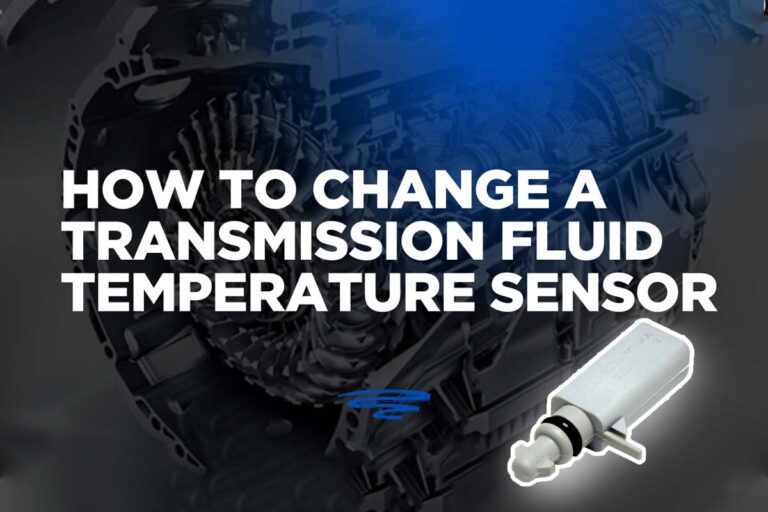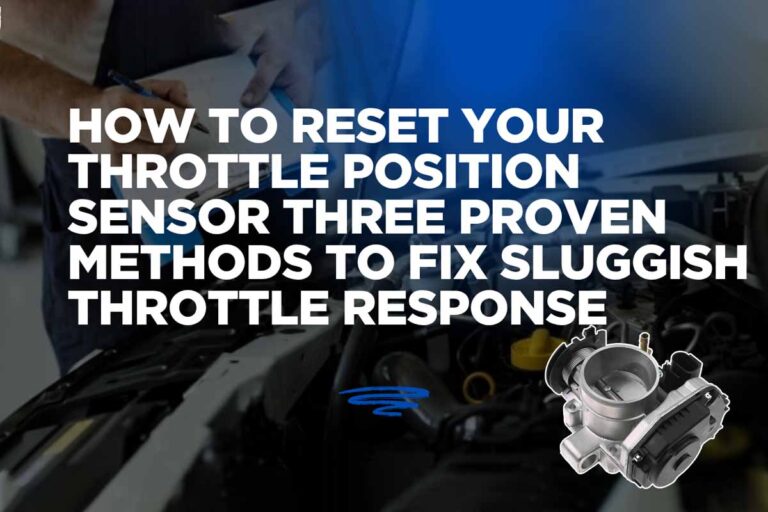Symptoms of a Bad Mass Air Flow (MAF) Sensor And How To Fix it
The Mass Air Flow (MAF) sensor is a critical component of your vehicle’s engine system. It plays a vital role in measuring the amount of air entering the engine to maintain a proper air-fuel ratio for smooth engine performance. A malfunctioning MAF sensor can cause numerous engine issues, from poor acceleration to fuel inefficiency. Understanding the symptoms of a bad MAF sensor can help you avoid costly repairs and maintain your vehicle’s efficiency.
What Is a Mass Air Flow Sensor?
The MAF sensor is located between the air filter and the throttle body of your vehicle’s intake system. It measures the amount of air entering the engine and provides this information to the Engine Control Unit (ECU). The ECU then adjusts the fuel injection accordingly to ensure the engine receives the correct air-fuel mixture for optimal performance.
MAF sensors come in different types, but the most common are hot wire and hot film sensors. These sensors have heated elements that change their resistance based on the amount of air flowing over them. By maintaining a specific temperature differential between the hot wire or film and the surrounding air, the MAF sensor can calculate the airflow entering the engine.
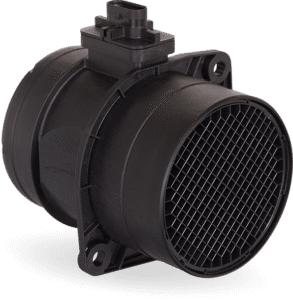
How Does a MAF Sensor Work?
The MAF sensor continuously monitors the volume of air entering the engine. It uses a heated wire or film, which is maintained at a higher temperature than the ambient air. When air flows over the wire or film, the temperature drops, and the sensor needs more energy to keep the wire or film at its required temperature. This change in energy consumption is proportional to the airflow, which is then converted into a signal for the ECU. The ECU uses this data to adjust the amount of fuel injected into the engine, ensuring the proper air-fuel mixture.
If the MAF sensor fails or provides incorrect readings, the ECU cannot maintain an optimal air-fuel ratio. This can result in several engine performance problems.
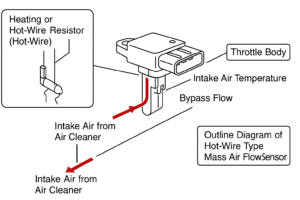
Symptoms of a Bad MAF Sensor
Engine Hesitation or Jerking During Acceleration
One of the most noticeable symptoms of a bad MAF sensor is hesitation or jerking during acceleration. If the MAF sensor is malfunctioning, it sends inaccurate information to the ECU about the amount of air entering the engine. As a result, the engine may struggle to deliver the right amount of fuel, causing it to hesitate or jerk when you accelerate. This issue can be particularly dangerous when merging onto highways or passing other vehicles, as it can result in a loss of power when you need it most.
Rough Idling
A faulty MAF sensor can also cause rough idling when the engine is at a stop. When the sensor fails to send accurate airflow data, the engine may struggle to maintain a steady idle speed. This can cause the engine to run erratically, shaking or vibrating while at a stoplight or in park. In more severe cases, the engine may stall entirely, requiring a restart.
Poor Fuel Efficiency
If the MAF sensor is malfunctioning, it can cause the engine to run either too rich (too much fuel) or too lean (too little fuel). In both cases, the engine will burn more fuel than necessary, reducing fuel efficiency. A vehicle with a bad MAF sensor may require more frequent trips to the gas station, as you will notice a drop in miles per gallon (MPG). If your car was once fuel-efficient but now consumes more gas than usual, the MAF sensor may be to blame.
Black Smoke from the Exhaust
A sign that your vehicle is running rich is black smoke coming from the exhaust. When the MAF sensor sends incorrect readings, the engine may receive too much fuel, leading to incomplete combustion and black smoke. If you notice this issue, it’s important to address the MAF sensor as soon as possible. Running rich can lead to engine damage and poor fuel economy.
Lean or Rich Fuel Mixture
A faulty MAF sensor can result in either a lean or rich fuel mixture. A rich mixture occurs when the sensor overestimates the airflow and the ECU delivers too much fuel to the engine. This results in symptoms like black smoke from the exhaust and poor fuel efficiency. Conversely, a lean mixture happens when the sensor underestimates the airflow, causing the ECU to inject too little fuel into the engine. While a lean mixture might improve fuel efficiency temporarily, it can also lead to engine knocking, overheating, and potential long-term damage.
Check Engine Light (CEL) Illuminates
A bad MAF sensor will often trigger the Check Engine Light (CEL). When the MAF sensor fails or sends incorrect readings, the engine control unit detects the issue and stores a diagnostic trouble code (DTC). The code might read something like P0101, which signals a problem with the MAF sensor circuit. If the CEL comes on and you suspect a bad MAF sensor, it’s a good idea to use an OBD-II scanner to check for the error code. You can also visit an auto parts store, where many offer free diagnostics.
Engine Stalling
Another symptom of a faulty MAF sensor is engine stalling. If the MAF sensor is sending incorrect data to the ECU, the engine may not receive the proper amount of fuel at idle, causing it to stall. This is particularly problematic at stoplights or when idling in traffic. In some cases, the engine may start again but stall once more after a short time, making driving difficult.
Engine Misfires or Poor Acceleration
When a bad MAF sensor causes a miscalculation in the air-fuel mixture, the engine may misfire. A misfire occurs when the fuel does not ignite correctly in the combustion chamber. This can lead to a rough-running engine, loss of power, or hesitation during acceleration. The misfire can cause the engine to sputter or even cause backfires. If left unaddressed, misfires can damage the engine over time.
Hard Starting or No Start
In some cases, a malfunctioning MAF sensor can make it difficult to start your vehicle. The engine may crank without starting or take much longer to start. This occurs because the ECU is not receiving accurate airflow data, resulting in an improper air-fuel mixture during ignition. While a bad MAF sensor isn’t always the cause of hard starting, it’s one potential culprit to consider.
Engine Knocking or Pinging
Engine knocking or pinging is a common symptom of an incorrect air-fuel mixture. A faulty MAF sensor can cause the engine to run lean, leading to knocking or pinging noises during acceleration. If left unresolved, engine knocking can damage critical engine components, such as pistons and valves. Therefore, it’s essential to address the issue as soon as you notice it.
How to Diagnose and Fix a Bad MAF Sensor
Using an OBD-II Scanner
One of the easiest ways to diagnose a faulty MAF sensor is by using an OBD-II scanner. When you plug the scanner into your vehicle’s diagnostic port, it will display any stored trouble codes. If the MAF sensor is causing issues, you will likely see codes like P0101 (Mass Air Flow Sensor Circuit Range/Performance). You can also check the live data readings from the sensor to ensure they are within the expected range. If the airflow data seems off, it’s a sign that the sensor is malfunctioning.
Inspecting the MAF Sensor
Sometimes, a simple inspection can reveal problems with the MAF sensor. Check the sensor for visible damage, dirt, or debris. Clean the sensor with a special MAF sensor cleaner if necessary. Be careful not to touch the delicate wires or film inside the sensor, as this could cause permanent damage.
Replacing the MAF Sensor
If cleaning the MAF sensor doesn’t solve the issue, you may need to replace it. The cost of a new MAF sensor typically ranges from $200 to $400, depending on the make and model of your vehicle. Labor costs for replacing the MAF sensor are usually between $50 and $150, bringing the total repair cost to around $250 to $500.
Checking Other Components
If the MAF sensor is not the cause of the problem, consider checking other components, such as:
- Intake hoses or vacuum leaks
- Air filter condition
- Throttle body condition
- Exhaust system for restrictions
Conclusion
A bad MAF sensor can cause a variety of engine issues, from poor acceleration to poor fuel efficiency. Recognizing the symptoms early on can save you time and money by preventing further damage. If you notice any of the symptoms listed above, it’s important to diagnose the problem quickly. Regular maintenance, including cleaning the MAF sensor, can help keep your vehicle running smoothly. If cleaning doesn’t resolve the issue, replacing the sensor may be necessary. Always ensure that you check for other potential causes before replacing the MAF sensor, as it may not always be the root cause of the problem.
